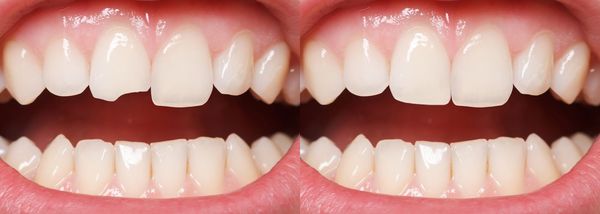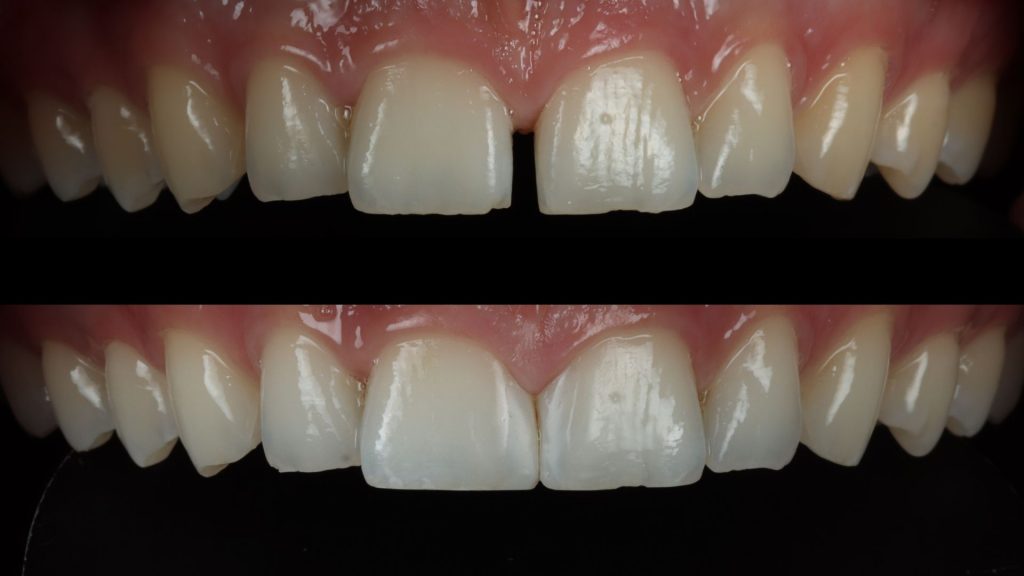What is Biocompatible Composite Bonding?
Biocompatible Composite Dental Bonding is a technique in biological dentistry that conservatively repairs and improves the shape and cosmetics of teeth by using our biocompatible composite material. Biocompatible composite bonding is a great option to repair chips, fractures, abfractions, minor gaps, cracks and discoloration in a patient’s natural teeth without having to remove additional tooth structure.



How is Biocompatible Material Applied?
After a patient consultation and exam which includes a conversation about the patient’s desired outcome, the tooth is gently cleaned using a fine diamond bur. The diamond bur does not remove tooth structure it just prepares the tooth to receive the composite resin and facilitates the bonding of the material. After the tooth is cleaned with a diamond bur, we apply an etch which chemically cleans the tooth and better prepares the enamel to receive the material. This etch is safe and does not damage the tooth or remove any additional tooth structure. At this stage in the procedure, we use a material shade guide to determine the desired shade of the material which is unique to each situation. After the tooth is dried, a biocompatible adhesive is applied which is cured using a UV light. Finally the composite material is sculpted to the tooth then polished to achieve the desired outcome. In most cases a patient does not need to be numb to receive biocompatible composite bonding treatment because no tooth structure needs to be removed.
Material Safety:
Our office goes through great lengths in researching the best and safest materials for our dental treatments. Our materials contain NO:
- Fluoride
- Mercury
- Gluten
- Metal(s)
- BPA
How are Biological Composite Bonding Procedures Charged To My Insurance?
Composite bonding procedures are charged to your dental insurance as routine composite restorations the same way normal fillings are charged out. They are NOT charged out as cosmetic procedures so your normal dental benefits which likely cover composite fillings will contribute to your treatment.
Are There Some Circumstances Where Composite Bonding Won’t Work?
Because biocompatible composite bonding is very conservative, there are some limitations with its use. This is often the case if a tooth suffered significant trauma and a large fracture occurred. If a patient has veneers or crowns on adjacent teeth, it can also be challenging to color match composite to laboratory made porcelain or zirconia restorations because the material is different. In this case a veneer or a crown might provide a more cosmetic outcome. Also if a patient wishes to repair a large gap in their teeth the outcome could be unpredictable with composite. Orthodontic treatment may be necessary to partially close the gap before the material can be applied.

